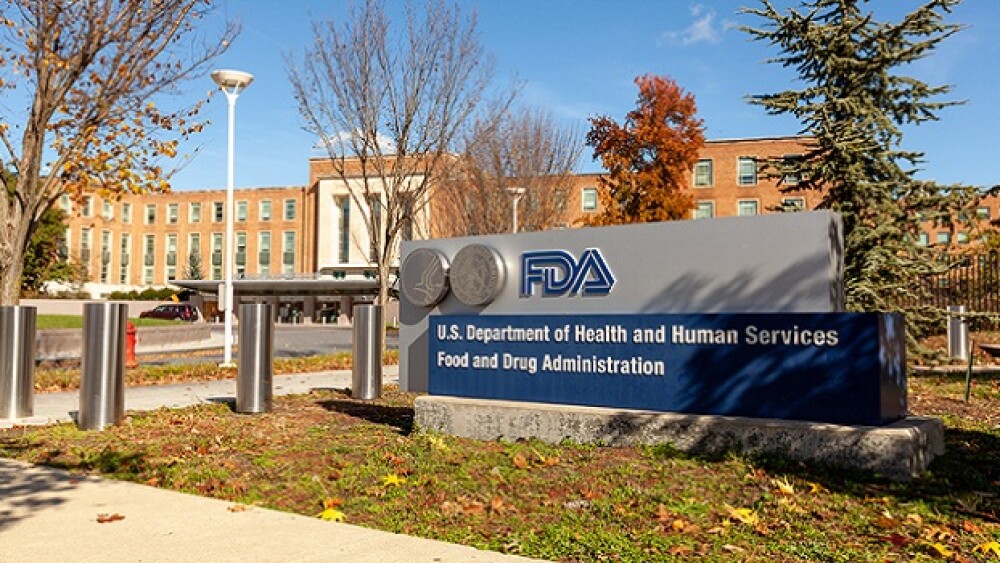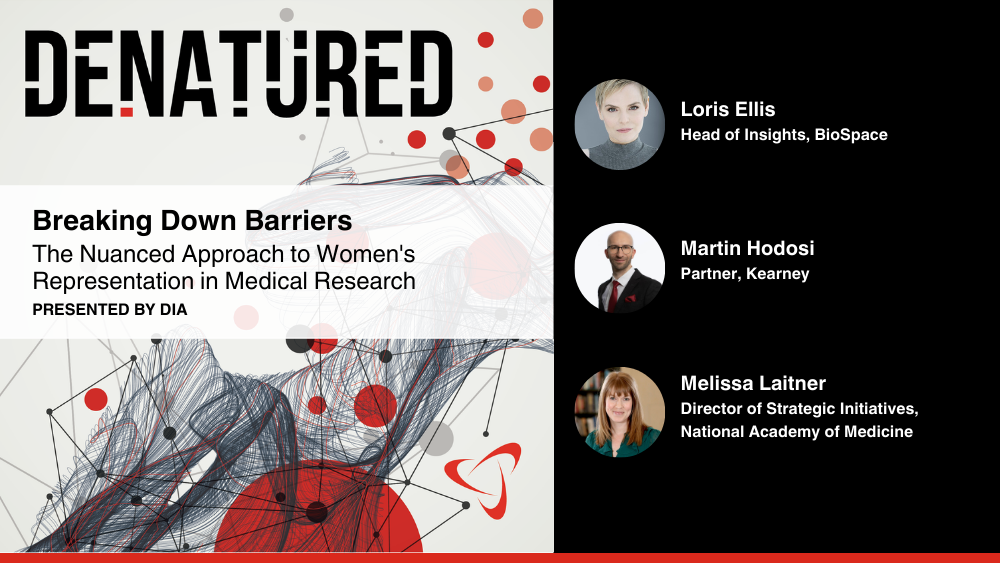Nuravax is developing an Alzheimer’s vaccine to induce therapeutically potent concentrations of antibodies against pathological proteins. Know more here.
Alzheimer’s vaccine is under development.
If you are alive today, you most likely know, or have known, someone afflicted with Alzheimer’s disease (AD). The World Health Organization estimates that more than 55 million people have dementia worldwide, with AD accounting for 60 to 70% of all cases.
For decades, scientists have tested different hypotheses to find and fix the origins of the disease. Many are working on anti-amyloid therapies –Biogen’s recently approved Aduhelm (aducanumab) is a monoclonal antibody that targets part of this abnormal protein that accumulates in the brains of Alzheimer’s patients. Others focus on inhibiting tau aggregation, while another strategy is to combat AD with anti-neuroinflammatory therapies.
One startup biotech, Nuravax, is taking a different approach. The new company, which was incubated by the Institute for Molecular Medicine (IMM), is developing an Alzheimer’s vaccine to induce therapeutically potent concentrations of antibodies against pathological proteins associated with both AD and Parkinson’s disease, including amyloid and tau.
Development Timeline of Alzheimer’s vaccine
On September 29, IMM announced that it had licensed MultiTEP, the universal vaccine platform technology it has been developing, to Nuravax.
As with the flu or coronavirus vaccines, the technology is intended to elicit an extremely high immune system response to an invader – in this case, amyloid plaque and tau tangles. It is based on the widely adopted theory that pathological amyloid-beta and tau are major drivers of AD pathology.
Elderly immune systems are characterized by a deficiency of naïve T helper cells but are replete with memory T helper cells. Thus, Nuravax is designing the vaccine to stimulate these T helper cells to interact with B cells in order to produce a large number of antibodies. These antibodies would then prevent amyloid plaques and tau tangles from forming, delaying or halting the disease.
The Alzheimer’s vaccine design uses 12 protein segments (epitopes) from vaccines that have been administered to the general population during their lifespans, as well as previous infections. This is expected to generate titers of antibodies high enough to clear the blood-brain barrier.
Dr. Michael Agadjanyan, Ph.D., D.Sc., VP, professor and head of the department of molecular immunology at IMM, told BioSpace that this “allows us to activate immune responses in virtually everyone with flexibility.” In preclinical studies, the Alzheimer’s vaccine has demonstrated the potential to induce therapeutically potent concentrations of antibodies to the aforementioned pathological proteins.
So, why is an Alzheimer’s vaccine the right approach to this disease? Because the disease pathology begins much earlier than one’s twilight years, Agadjanyan said.
“We know now that amyloid appears many years before we can see dementia. Normally, we can see amyloid when people are 35 to 40 years old,” Agadjanyan said. “So, if you do something, you need to do it in healthy people to inhibit aggregation of a-beta [amyloid-beta] or tau, and that will at least delay the disease.”
He went on to compare the role of prophylaxis to that of monoclonal antibody treatments.
“We still continue to use monoclonal antibodies, which is absolutely gorgeous for scientific purposes. We learn a lot. But it does not make much sense, because it is not working and it’s unlikely to work, because it should be done as prevention.” Agadjanyan also referred to the challenges surrounding drugs like Aduhelm, including the proposed $56,000 price point and the high 10 milligrams per kilogram dose required every month. However, he did say that monoclonal antibodies help to inform the parts of amyloid or tau they will target.
One might wonder how IMM and Nuravax can go about testing the efficacy of an Alzheimer’s vaccine when Alzheimer’s typically takes years to develop.
“Biomarkers – specifically blood biomarkers, which are non-invasive – allow us to see some efficacy, which we can detect very quickly,” Agadjanyan explained. While some biomarkers, such as CSF, are so invasive many patients will not consent, and PET scans are time-consuming, he said that plasma biomarkers are non-invasive and “will help us understand in clinical trials how this is working.” He added that predictive biomarkers are also on the horizon.
The companies are working to develop a protocol in which various brain and fluid biomarkers (including plasma) will be measured during clinical studies and at the end of the trials. Agadjanyan shared that the clinical strategy will be to target healthy volunteers or those in the earliest stages of Alzheimer’s disease when there is the best possibility of intervention with the Alzheimer’s vaccine. These individuals are either entirely healthy or have amyloid, which has not yet progressed to tau pathology.
While the IMM-Nuravax MultiTEP technology is novel, the concept of a vaccine targeting the harmful proteins involved in Alzheimer’s and other neurodegenerative diseases is not.
Cyprus-based AXON Neuroscience is in Phase II clinical development with AADvac1, which instructs the patient’s immune system to generate specific antibodies targeting tau. In June, AXON reported that the vaccine was found to be safe and produced immunoglobulin G (IgG) antibody responses. This did not, however, translate into significant benefits in thinking, reasoning and memory – though this could have been because one-third of the trial participants had low levels of abnormal tau protein to begin with. Study leader Dr. Petr Novak, a senior clinical research scientist at AXON, noted that the team did see some improvement in standard brain function tests among participants who had been diagnosed with AD.
Another Alzheimer’s vaccine, UB-311, is being developed by Vaxxinity (formerly United Neuroscience). In 2019, United Neuroscience announced positive topline results from a Phase IIa clinical study of the novel synthetic peptide vaccine in mild-moderate Alzheimer’s, which showed that the primary aims of safety and immunogenicity had been met, with a 96% response rate. UB-311 is an endobody vaccine that trains the immune system to produce specific antibodies that some people naturally make against toxic proteins that lead to amyloid plaques.
Alzheimer’s – like so many other diseases of the brain – is “very complex…and multifactorial”, Agadjanyan said, and Nuravax and IMM are focused only on prevention. In terms of a total treatment strategy, they envision a future where Alzheimer’s vaccines are used in combination with therapies that could reduce inflammation.
With the cost of treating Alzheimer’s disease in the U.S. expected to reach $1.1 trillion per year by 2050, it is quite possibly the most expensive illness in America – and we need every innovative approach we can get i.e Alzheimer’s vaccine is the need of the hour.
Featured Jobs on BioSpace






